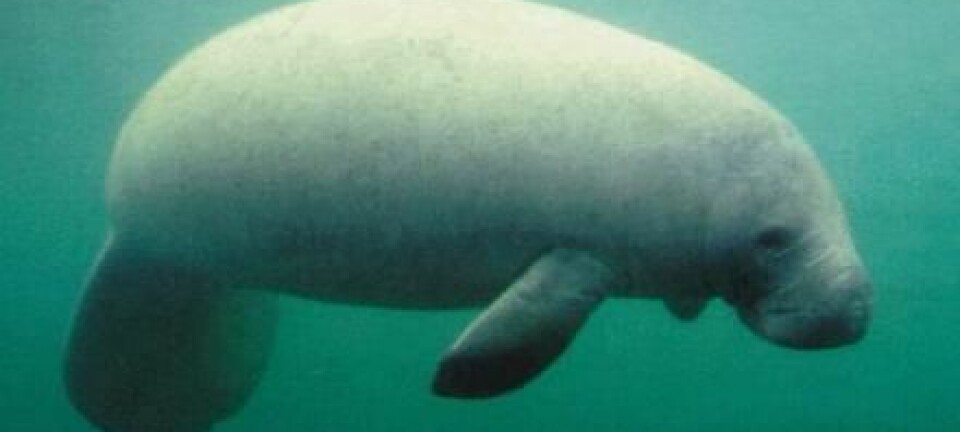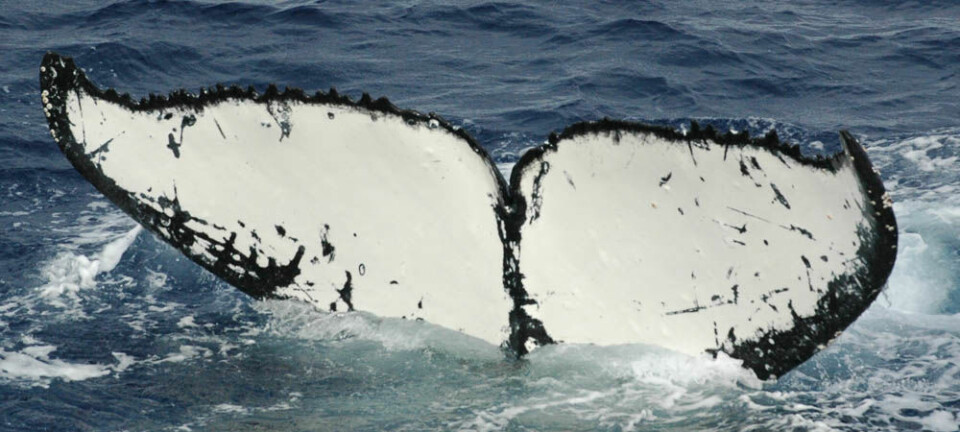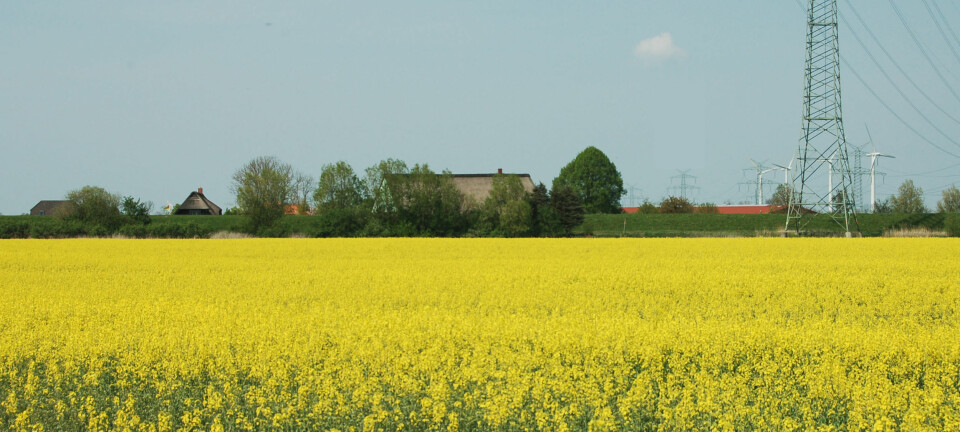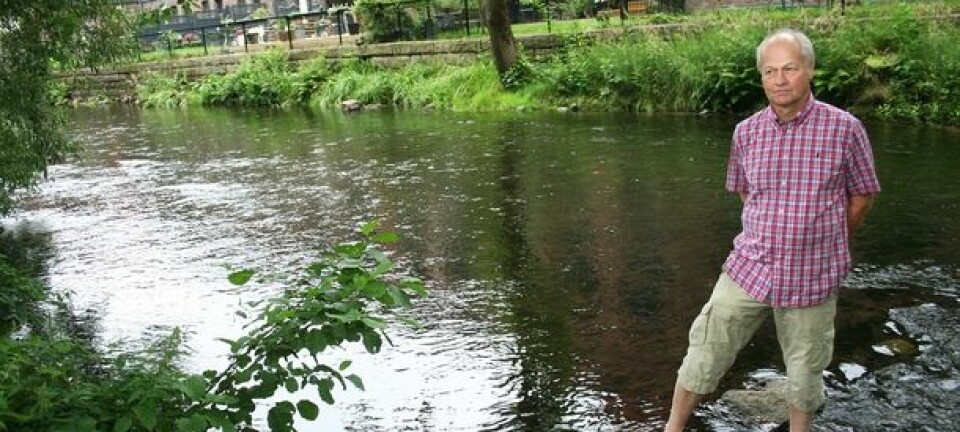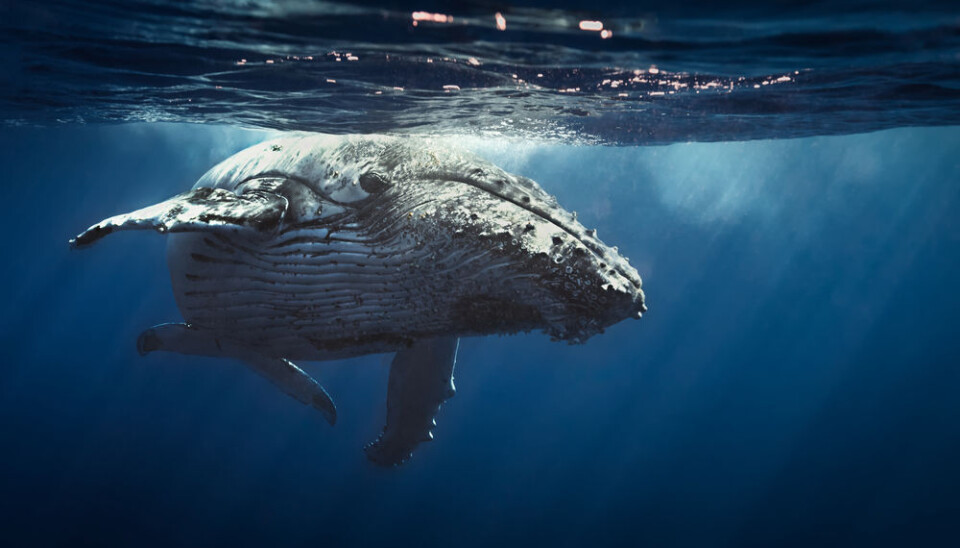
Loss of large animals has reduced global circulation of vital nutrients
Decline of large animals such as whales, sea birds, and salmon has led to a loss of 94 per cent of the transportation of nutrients on the planet.
An international study has shown that large animals play an important role in supporting life on Earth.
Animals play a major role in the global circulation of the world's nutrients. They keep nutrients in circulation, preventing them from ending up at the bottom of the ocean, locked away, and unable to help support the rich flora and fauna of the world’s ecosystems.
At the same time we have lost, and are still loosing, many large marine mammals, land mammals, big fish, and seabirds at a furious pace. So much so that the global nutrient cycle is now reduced to six per cent of what it used to be--which will have huge implications of life as we know it.
"Nutrients are fundamental to how ecosystems work. They determine how many animals and plants an ecosystem can support. It’s therefore important to know the factors influencing nutrients, which is where our research comes in,” says co-author Professor Jens-Christian Svenning, from the Department of Bioscience, Aarhus University, Denmark.
“We’ve shown, for the first time, that large animals have a quantitatively significant role for the nutrient cycle in the entire biosphere. It’s important to take this into account in nature management and in our understanding of what natural nature really looks like," he says.
Svenning and his team focussed on one nutrient cycle in particular--the global phosphorus cycle.
The new research is published in the scientific journal PNAS.
Whales draw nutrients from the seabed
According to the new research, large animals move much larger amounts of nutrients around than previously thought, making then far more important for nutrient cycling than scientists have hitherto believed.
Nutrients such as phosphorus and nitrogen are transported from land to sea, largely due to the weather.
Rain leaches nutrients out from rocks and soil, and rivers and streams carry them to the sea. Eventually they fall to the bottom of the ocean, where they would remain if there were no processes in place to bring them back to the ocean surface.
The new research shows that whales and other marine mammals along with seabirds, salmon and large land mammals are an effective means of transportation for these nutrients.
"Our estimates show that whales have a capacity to move 340 million kilograms of phosphorus up to the surface via the food they catch at the seabed. It’s quite a considerable portion, showing that the large sea mammals have an important role in the transport of nutrients," says Svenning.
The researchers also estimated how much of the original capacity to move these nutrients around remains today, and compared this to the number of large animals that once existed. They found that today’s wild animals on land and at sea currently move only six per cent of what was once cycled naturally.
Colleague: It’s an eye-opener
Søren Laurentius Nielsen is an associate professor at Roskilde University, Denmark, where he studies the global nutrient cycle.
Nielsen did not participate in the new study, but he thinks this previously unknown mechanism in the global phosphorus cycle is interesting.
He is also excited by the prospect that this overlooked mechanism of phosphorous transport from sea to land has been reduced to a just few per cent of what it could have been.
"The most interesting thing in my view is that we can see what happened to the phosphorus cycle throughout historical time, where a decline of birds and fish searching up rivers have significantly reduced the transport of phosphorus from water to land, says Nielsen.
“It’s an eye-opener, and it’s important because phosphorus is a finite resource, which creates problems for agriculture in particular. It’s important new information that may have an impact on how we tackle the problem of nutrient limitation," he says.
----------------
Read the Danish version of this article on Videnskab.dk
Translated by: Catherine Jex
